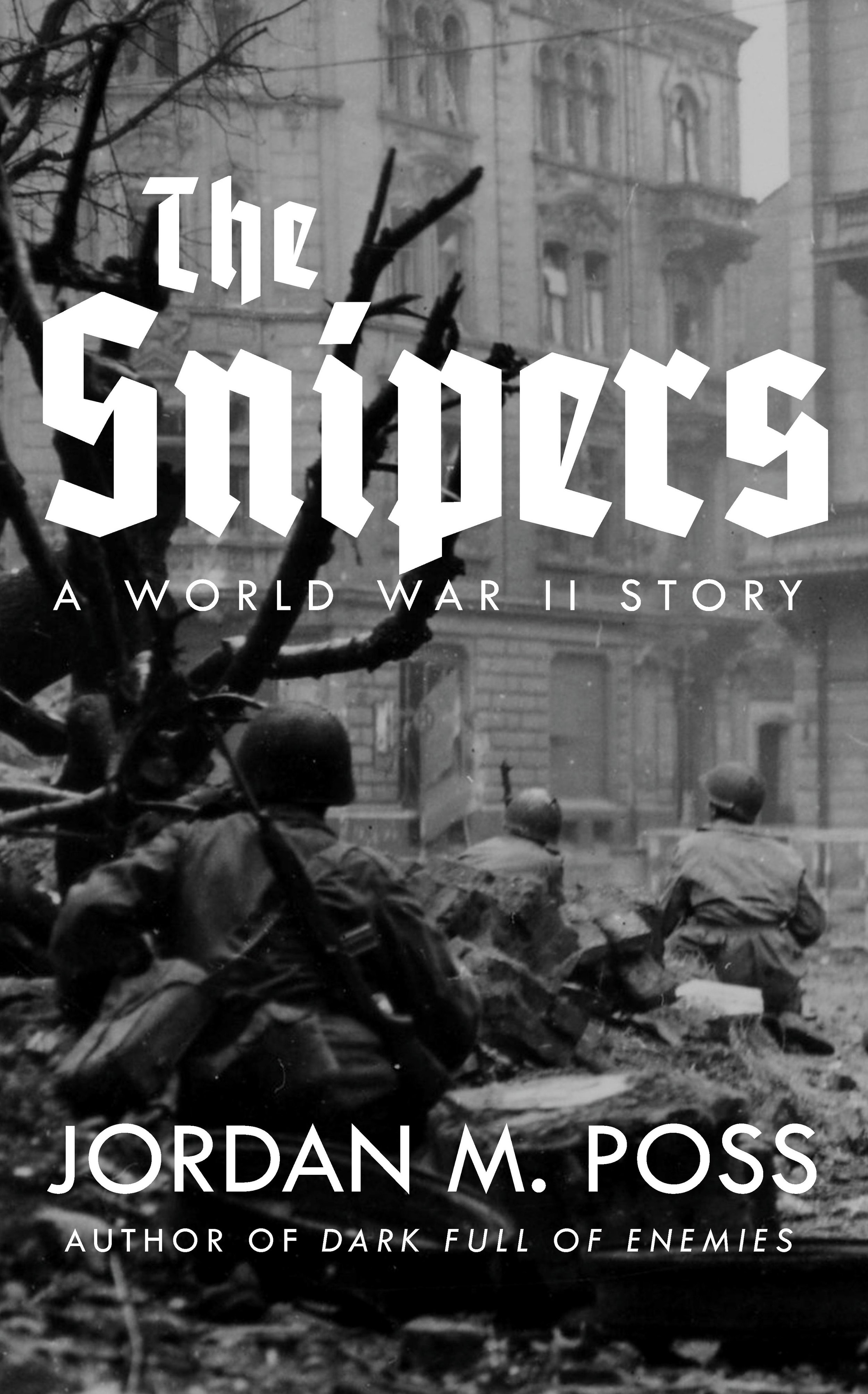Epistolary authority, uncertainty, and mystery
/When I wrote about the epistolary form and other framing devices in gothic storytelling earlier this week I forgot to mention The Screwtape Letters. I want to correct that. But first, check out this short Substack piece, which looks specifically at the opening “Author’s Preface” of Dracula.
In the essay I quoted Monday the author argued that framing devices like letters and diaries create a metanarrative “uncertainty” that tinges the reader’s perception of the story, building suspense and horror. The form itself generates the gothic’s sense of the uncanny. I agreed, and added that the epistolary or found document form also contributes the sense of discovery or unveiling that digging through old documents produces, heightening the genre’s feeling of mystery.
The above piece from The Middling Place about Stoker’s preface looks at another aspect of the form, namely the authority and veracity established by presenting a story’s “sources” in the manner of non-fiction:
This is not a fictional story written by an author. In fact, the author has nothing to do with the story. . . . Because they were found, they must be fact and not fiction. Obviously, we know that these are indeed works of fiction, yet it is a technique used by the author to make it seem less so.
In other words, they “substantiate authenticity.” The verb “seem” near the end is especially important, as while all fiction is an illusion of sorts—or a dream, as I prefer to think of it—the gothic relies upon and exploits the seemingness of the illusion more than usual.
So, what framing devices like letters or diary entries do for a gothic tale, in brief:
Create uncertainty
Engender a sense of discovery
Establish the illusion of authenticity or reality
The Middling Place author does a good job examining how this works through a close reading of Stoker’s preface to Dracula. Consider two other cases.
First, the Coen brothers’ Fargo opens with this notorious title card:
THIS IS A TRUE STORY.
The events depicted in this film took place in Minnesota in 1987.
At the request of the survivors, the names have been changed.
Out of respect for the dead, the rest has been told exactly as it occurred.
I say “notorious” because some people think this crossed a line, but considered in relation to Dracula and the other examples provided in those two Substack essays, the Coens don’t seem to be doing much different here. Leaving that aside, those who view this opening text as a violation or lie confirm the ability of this kind of preface to sell the strange and unbelievable as authentic—which was the whole point, according to the Coens.
But Fargo poses as a low-key true crime story. The gothic asks its readers to accept much more, which brings me back to The Screwtape Letters.
Lewis’s opening note to this epistolary novel is often forgotten—it’s not even included in the sample on Amazon—but look at these sentences and, in light of the above, think about what they accomplish for Screwtape:
I have no intention of explaining how the correspondence which I now offer to the public fell into my hands.
Like Dracula, The Castle of Otranto, or what have you, this one sentence both 1) tells the reader that what he is about to read is real and 2) suggests immediately the mystery of its origins and contents. Not only can the editor not explain what we’re about to read, he won’t. Lewis reinforces these effects throughout the note while maintaining what seems, on a literal reading, the dry, dispassionate language of the textual critic. Consider this line from the final paragraph:
In conclusion, I ought to add that no effort has been made to clear up the chronology of the letters.
The authenticity or reality of the story—one can picture the scholar, frustrated, working into the night to compile and arrange Screwtape’s correspondence—as well as the mystery are reiterated one last time, and lines in the middle like “The reader is advised to remember that the devil is a liar” develop the aforementioned uncertainty. The whole effect is powerfully tantalizing, and though I’ve never heard anyone describe Screwtape as gothic, Lewis uses these effects masterfully.
By a nice coincidence, I just started Dracula last night. It’s engrossing. The gestures toward authenticity, uncertainty, and mystery embedded in Stoker’s preface are not the whole reason for this—plenty of bad books open with similar notes (pick up any Dan Brown novel)—but they have a subtle power worth learning from.




